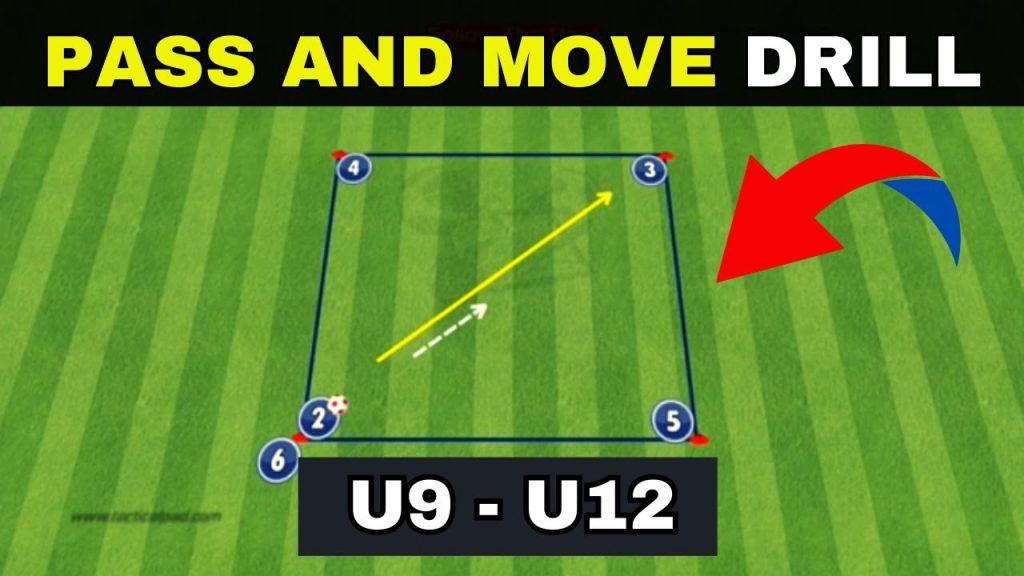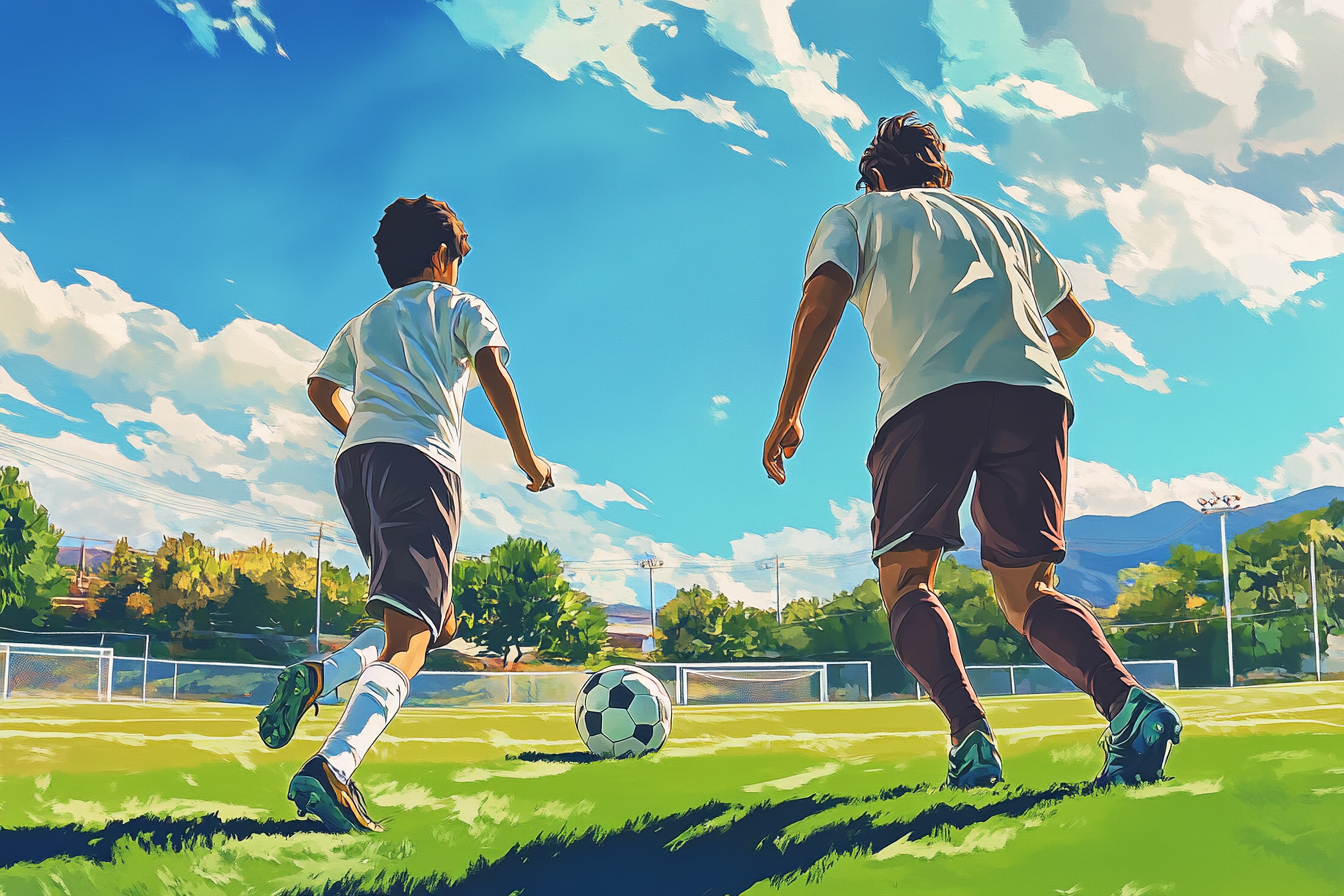How to Improve Off the Ball Movements in Soccer: 7 Key Tips
In a 90-minute soccer match, on average a player will only touch the ball for 2-3 minutes and what you do during the other 87 minutes determines whether you’re an average player or an elite one. The specific movements you make the most during a game are going to depend on your position and role on the field, but there are general tips that apply to anyone.
The best players on the field are constantly moving, creating space, and anticipating the next play, which gives them and their team an advantage over the other team. Whether you’re making a well-timed run, finding open space, opening up a passing lane, or pressing defensively, smart off-the-ball movement can help you have an impact in a game.
As a player, trainer, and sports coordinator I’ve seen how smart off the ball movement can change the course of an entire game and lead teams to victory. That is why in this guide, I’ll go over some key principles for better off-the-ball movements in soccer no matter your skill level or position.

How do You Improve Off-The-Ball Movements in Soccer?
Understand Your Team’s Formation, Your Position, and Your Role in Your Team
A well-organized soccer team functions as one unit, where everybody understands their position, role, and formation. This helps everybody in the team be more in tune with each other and make better collective decisions when it comes to shifting, pressing, or dropping back.
It is also important to be aware of your specific role in the team, which can vary with each formation and tactical change, even if you’re playing in the same position.
Improve Your Scanning, Spatial Awareness, Decision Making, and IQ
The mental parts of the game are the most important because you can have all the speed and fitness in the world, but if you can’t read the game effectively, you’ll always be a step behind and your movements will lack true purpose. The best ways to improve your soccer IQ, spatial awareness, and decision making are going to be by playing the game a lot, watching a lot of games, and watching your in-game footage.
Stay in the Blind Spot of the Defender’s Gaze
Positioning yourself outside of a defender’s line of sight makes it harder for them to track your movement take the ball away from you. Skilled players will use this technique to receive the ball in dangerous areas and to be sure that they have more time and space compared to if they were closer to that defender’s gaze.
As a general rule try to position yourself where the opponents cannot see you and your team mate simultaneously.
Position Yourself in the Middle or In-between Defenders
Finding space between defenders gives you more time to decide your next pass or move, and it also confuses defenders because it makes it harder for them to decide who is going to mark you. Whether you’re playing as a striker, attacking midfielder, or winger, positioning yourself properly in-between players forces them to stay alert, adjust constantly, and can open up gaps for your teammates.
For example, if you’re a striker it can be very useful to position yourself between the two center backs of the defensive line and make different movements throughout the course of the game.
Do Not Always Go Towards the Ball, Maintain Distance from Your Teammate with the Ball
Many players often make the mistake of always moving toward the ball, crowding their teammates and limiting passing options. The ball gets a lot of attention, because it is important, but it’s not always about what is happening with the ball.
Instead, maintain your distance relative to where the ball and teammates are, which will allow for better spacing, giving the player in possession more passing lanes and time to decide the next pass. This approach can make it easier to control the pace of the game and avoid unnecessary mistakes.
Learn to Anticipate the Plays
A lot of soccer players make the mistake of reacting to plays instead of anticipating them, The main difference between the two is that anticipating puts you ahead of the play while reacting leaves you constantly chasing it.
When you anticipate, you’re already moving into position before the pass is made, the tackle is attempted, or the opportunity arises. This comes from recognizing patterns in the game, understanding your teammates’ tendencies, and being able to read the body language of other players.
Most players telegraph their next move through their eyes, body posture, and positioning. By reading your teammates’ and opponent’s body language, you can anticipate their passes and movements, allowing you to position yourself effectively, and predict what they are going to do next.
Make Different Types of Runs
To improve off the ball movement in soccer, vary your runs so defenders can’t easily predict your intentions or block passing lanes. Different runs serve different purposes and help create space, confuse defenders, and open up scoring opportunities.
Here are some common types of runs to practice:
- Diagonal Runs: Cut across the defensive line to drag defenders out of position and create passing lanes into dangerous areas.
- Curved Runs: Arc your run behind defenders to stay onside and time your movement for long passes.
- Check Runs: Step toward the ball as if to receive, then quickly turn and burst into open space behind your marker.
- Third-Man Runs: Move into space after a teammate plays the ball to someone else, arriving unmarked to receive the third pass.
- Overlapping Runs: Sprint around the outside of the teammate in possession to create width and pull defenders wide.
- Underlapping Runs: Run inside your teammate’s line to penetrate gaps between defenders and support play centrally.

Final Thoughts
To summarize, in a full soccer game, players only touch the soccer ball for around 3 minutes total, but of course this number can vary a lot. This means a player will have a lot of time off-the-ball in a 90 minute game, making their off-the-ball movements extremely crucial to their overall performance and contribution to the team.
Mastering these movements isn’t just about running more or moving faster, it’s about moving smarter, with purpose, and in coordination with your teammates. By understanding your role, improving your game awareness, positioning yourself strategically, and anticipating plays rather than simply reacting to them, you can transform from a player who only impacts the game when they have the ball to one who influences every moment of the match.
FAQs
How to get better at off-ball movement?
For young soccer players and adult players who want to improve their off the ball movement it is very important to play a lot of small-sided games, watch professional games, analyze your in-game footage, and perform screen-and-cut drills, and spacing drills with your team. Part of making a good movement off the ball comes from your team chemistry, not just your individual understanding of the game.
Who is a great example of a soccer player with elite off the ball movement?
Kevin De Bruyne is an excellent example of a player with great off-the-ball movement that all youth soccer players, and even older players, should analyze and study. Not only does De Bruyne have excellent off the ball movement, but he also has amazing ball control, a great first touch, receiving skills, field vision, effective communication, the ability to keep the ball in any tight space, and create or finish scoring opportunities.
What is one of the best drills to teach off the ball movement during training sessions?
The pass and move drill is one of the best training exercises where players must immediately move to open space after making a pass, helping young soccer players develop the habit of constant movement off the ball. This drill teaches players to create opportunities for their teammates while improving spatial awareness and decision making and you can watch this video to find out how to do one of many variations.

